 Mains
Mains
 DIY
DIY
 HiFi Cables
HiFi Cables
LATEST PRODUCTS
-
 Furutech Fig.8 Mains Power Lead, 1.5 Metres
£195.00 – £302.00Price range: £195.00 through £302.00
Furutech Fig.8 Mains Power Lead, 1.5 Metres
£195.00 – £302.00Price range: £195.00 through £302.00
-
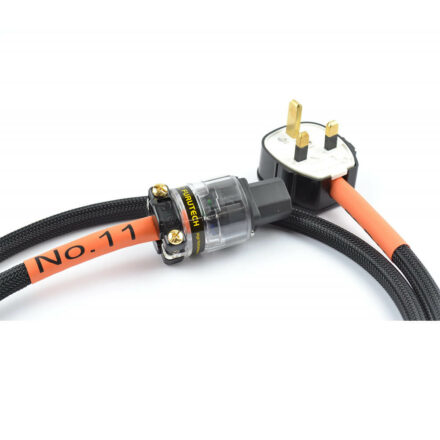 Mains Cables R Us No.11 Power Lead
Rated 5.00 out of 5£65.00 – £158.00Price range: £65.00 through £158.00
Mains Cables R Us No.11 Power Lead
Rated 5.00 out of 5£65.00 – £158.00Price range: £65.00 through £158.00 -
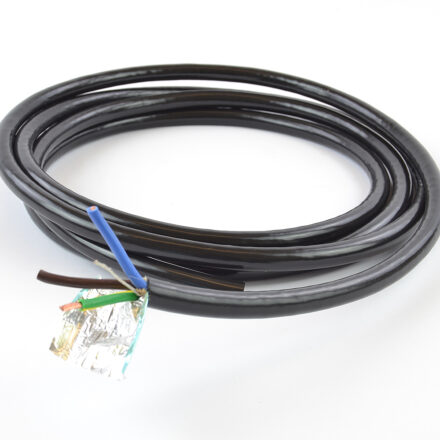 Belden 19364 Audio-Grade Mains Cable sold per metre for DIY
Rated 4.75 out of 5£12.00
Belden 19364 Audio-Grade Mains Cable sold per metre for DIY
Rated 4.75 out of 5£12.00
-
 Power Supplies
Power Supplies
ON SALE NOW
-
 Oyaide PA-2075 DR Tone-Arm Cable
£265.00
Oyaide PA-2075 DR Tone-Arm Cable
£265.00
-
 Oyaide C-037 Rhodium/Silver Plated IEC Connector OFFER
Rated 5.00 out of 5
Oyaide C-037 Rhodium/Silver Plated IEC Connector OFFER
Rated 5.00 out of 5£102.00Original price was: £102.00.£72.00Current price is: £72.00.
-
 Computer Audio
Computer Audio
FEATURED PRODUCTS
-
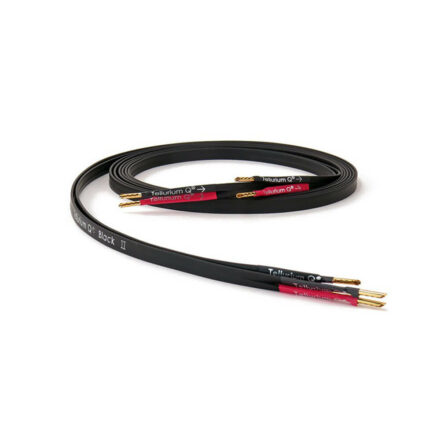 Tellurium Q Black II Speaker Cables
Rated 5.00 out of 5£119.00 – £952.00Price range: £119.00 through £952.00
Tellurium Q Black II Speaker Cables
Rated 5.00 out of 5£119.00 – £952.00Price range: £119.00 through £952.00 -
 Linear Power Supply For Clearaudio Turntables
Rated 5.00 out of 5£240.00 – £595.00Price range: £240.00 through £595.00
Linear Power Supply For Clearaudio Turntables
Rated 5.00 out of 5£240.00 – £595.00Price range: £240.00 through £595.00
-
 Vinyl Essentials
Vinyl Essentials
Latest Products
-
 Oyaide PA-2075 DR Tone-Arm Cable
£265.00
Oyaide PA-2075 DR Tone-Arm Cable
£265.00
-
 Furutech AG-12 Phono Cable
Rated 4.50 out of 5£550.00
Furutech AG-12 Phono Cable
Rated 4.50 out of 5£550.00
-
 Accessories
Accessories
 HiFi Equipment
HiFi Equipment
 Speakers
Speakers Headphones
Headphones
 Music
Music
The MCRU PWC record stabilizer design has its roots in a problem that arose 25 years ago in the age of making sensitive mechanical hard drives to save datastreams correctly under the vibration spectrum of a hovering military helicopter.
Tests were carried out to damp rotor frequency vibration using polymers supporting a plate to which the drives were fitted, and adjusting the mass of the plate until vibration at the rotor frequency (rotor rpm and number of blades) was successfully nulled. The combination of mass and polymer Shore hardness and density created a mechanical filter which absorbed the vibration effectively and was broader in spectrum than expected, due to the mass of the plate.
25 years later, now retired from designing defence systems, the designer wondered if the same principle could be applied to damping vibration in a record playing system, and our new PWC stabilizer was one product of these thoughts. Working in a similar way, the mass is suspended on three compressible polymer towers, which sit on point-contact stainless steel balls to provide a rigid path for low frequency noise within the system.
In use on a large direct drive transcription deck and on a heavy idler drive turntable we noticed a ‘clearing up’ or tightening of low frequency information, drums, leading edges of bass instruments and clearer piano notes. The unit weighs 325g and requires this mass to work correctly, so it is not suitable for suspended chassis decks with compliant springs. The stabilizer will work with most mats, it also works exceptionally well with raised-point mats from Hexmat etc.
I keep an eye on the forums and see a lot of misunderstanding about this design of record vibration absorber.
Its not a weight, a stabiliser or any variation thereof – its what I believe is a new approach to something you can plonk on the spindle of your record player.
The aim of this is to usefully absorb any low frequency noise (vibration etc) present within your record player. For some of you, this may be ‘very little’, if your bearing is well designed, and you don’t listen at a great volume, and your record deck has well thought out isolation, but for others, this is designed to be a solution if any of the above is not dealt with optimally.
Several others out there offer stuff said to do this. I’ve seen them and I’m still to be convinced and wonder how many of these solutions have roots in successfully solving a real world critical vibration damping issue in a world far removed from domestic audio?
The back story…
20 years ago I held the position of SME (No, not those guys – Subject Matter Expert) for a certain defensive system on a certain helicopter, and whilst testing said system I found I was losing vital test data (here and in operational theatre) because the rotating hard drives used in the data logging system were crashing due to the challenging vibration environment of a helicopter designed to be a stable weapons platform rather than capable of transporting fresh eggs across a ploughed field! Given gigabyte solid state drives were still a dream, I had to make the drives we had work.
I figured that bolting the drive to the helicopter structure was not ideal (no, really?) so looked at how I could isolate them, specifically from the vibration frequencies found on this particular helicopter – without going into too much detail, every helicopter has a ‘rotor frequency’ which relates to rotor speed x number of blades, and the amplitude changes depending on the pitch of the blades – lots of vibration in a hover! With this knowledge I built a test rig (as simple as a big bass driver with a drilled aluminium plate glued to the cone to provide a mounting for drives, a signal generator and an amplifier – an A&R Cambridge SA200 if you must know) and mounted drives to it to shake to the point of failure. From this point, there was a trial and error period of ‘COTS’ vibration solutions, all of which were far to hard to damp something as light as a hard drive.
This led me to look at the relationship between mass and damper hardness – a MUCH softer damping being required for something as lightweight as a hard drive. Various things were tried, pipe lagging, sponge paint rollers… it was fun but frustrating. It turned out that adding mass to the hard drive by means of a mounting plate, a slightly firmer damper would work, and it was a magical moment to see the bass driver shaking at rotor frequency and the hard drive mount sitting there motionless.
So here we are 20 years later, using proven methods to damp noise in your record playing system. In the words of Thomas Dolby and Magnus Pike… SCIENCE!
Available now the finished production version will have either orange or black pillars.
HiFi Pig Review
“I have always used a clamp to hold the record flatter and tighter to the platter, but haven’t before explored the idea that a puck, weight, clamp, or whatever MCRU don’t want you to call it, could actually reduce that inaudible low-frequency modulation that affects the arm, cartridge and stylus to alter the music unfavourably. Come in, David Brook from MCRU, who wanted me to hear how a lump of polymer could actually get rid of that noise and improve the music. Did that mean I wouldn’t need the bass-trough on my Rock 7 turntable and not need to spend £10,250 on a Seismion anti-vibration platform? Well, perhaps not, but at £149 this is a very good-looking device that notably focused my music”…… Janine Elliot


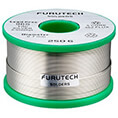
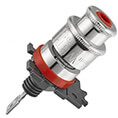
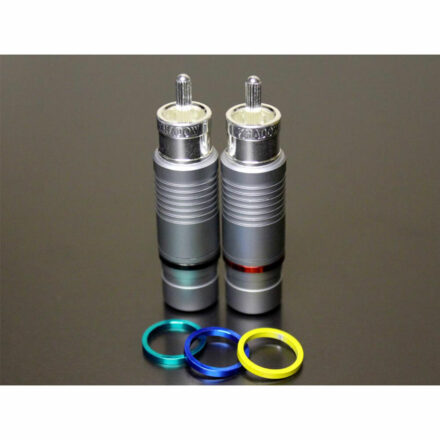









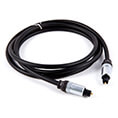








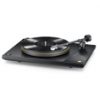
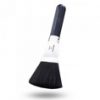
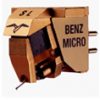





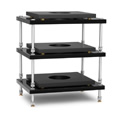










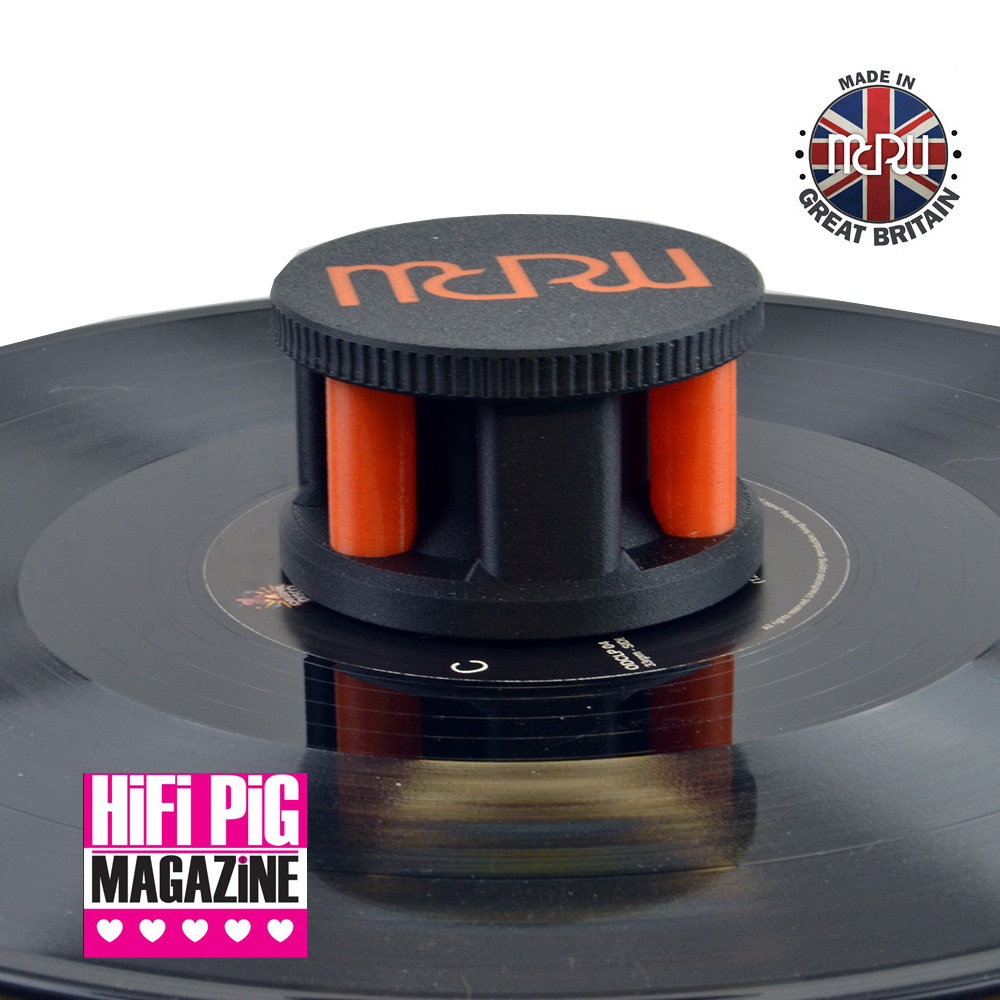

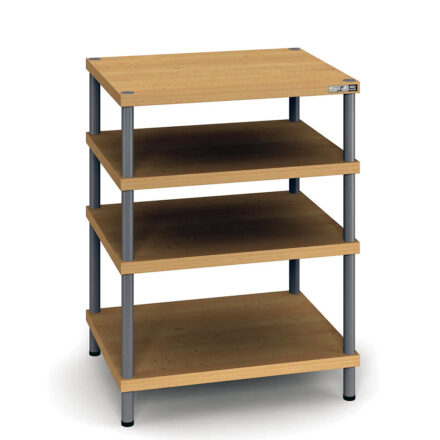
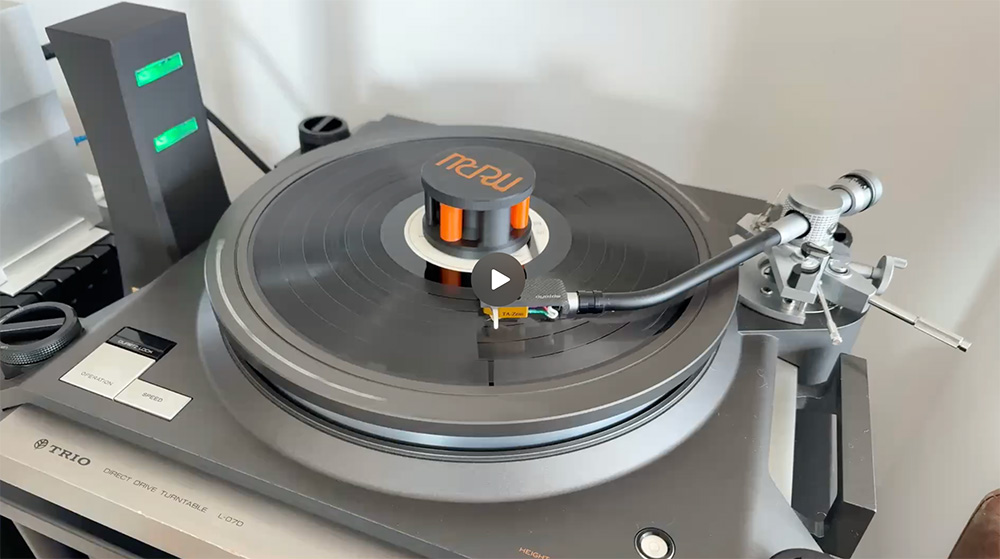
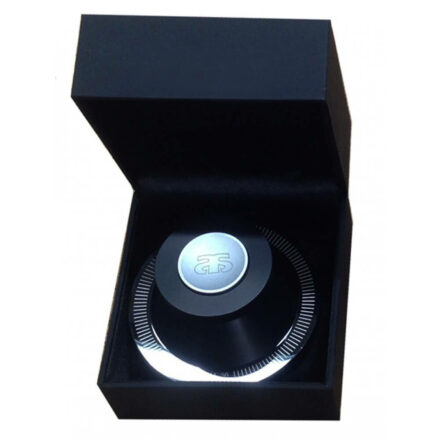
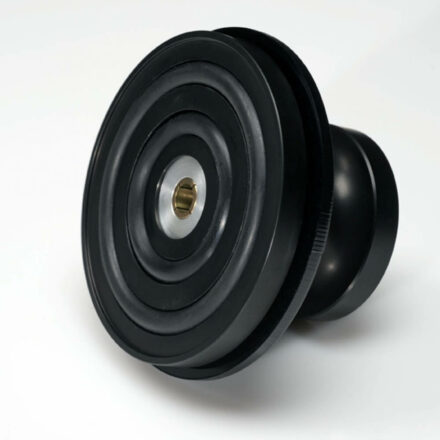

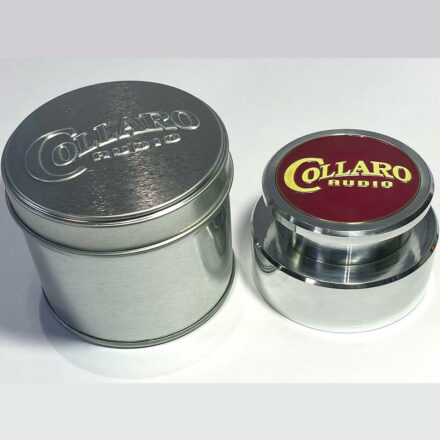
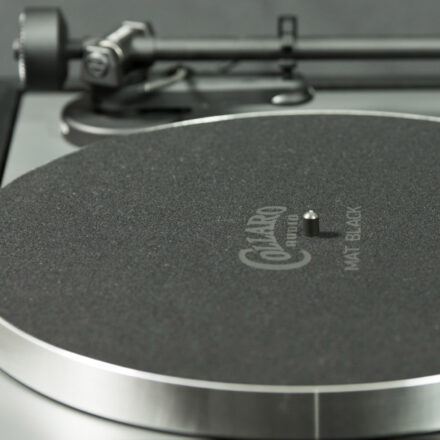

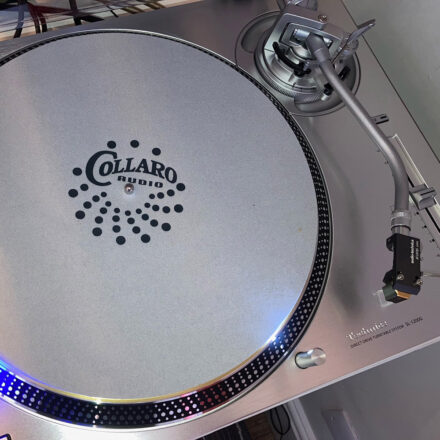
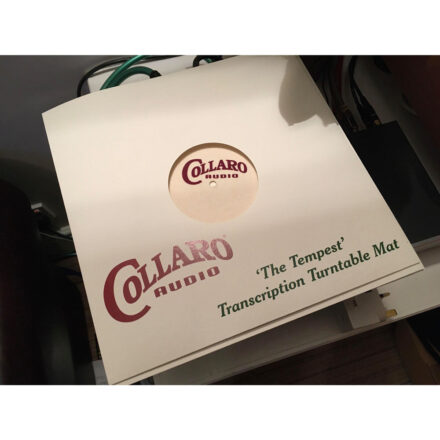

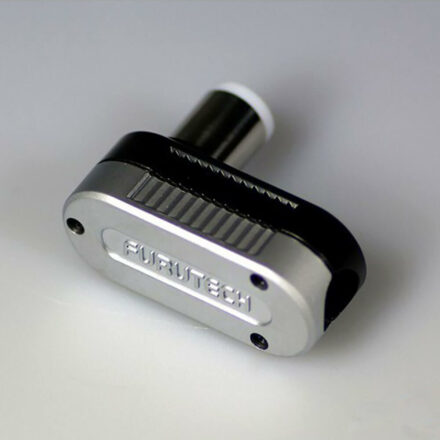

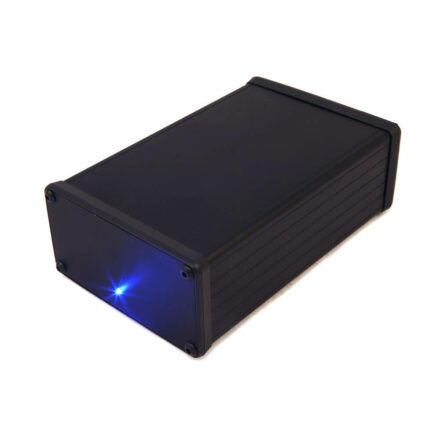
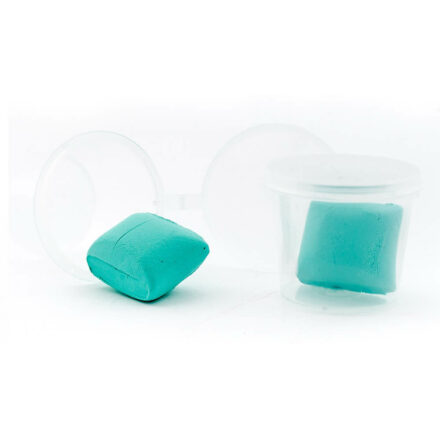
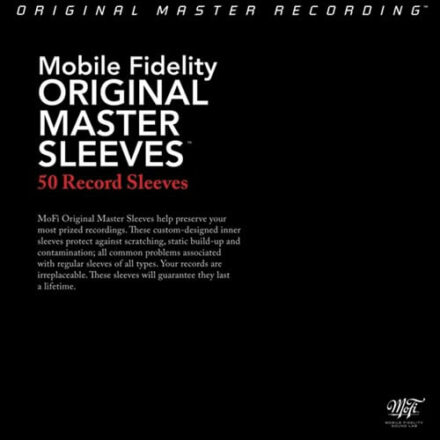
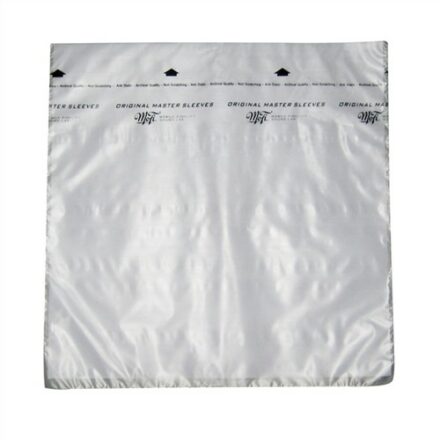
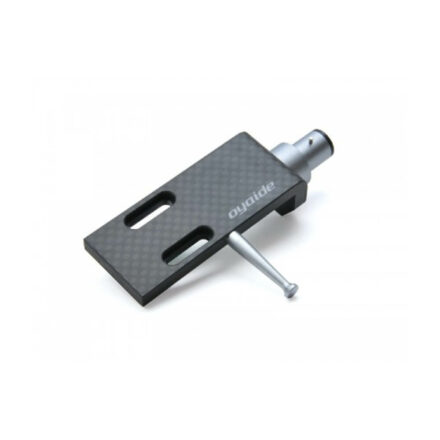
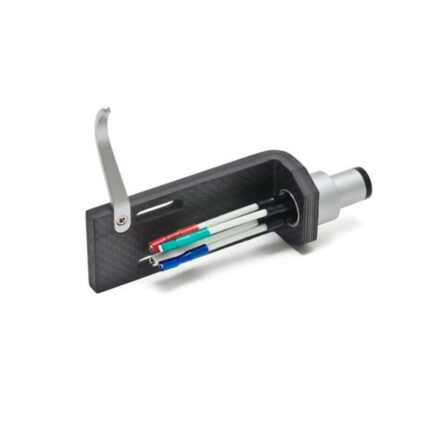
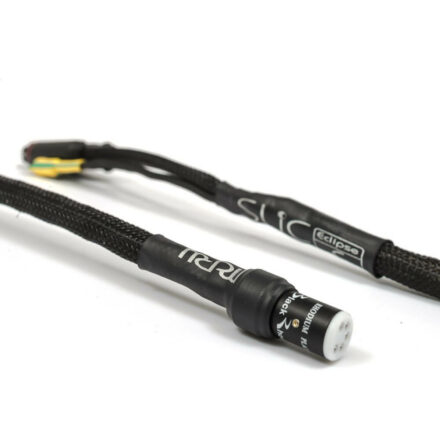

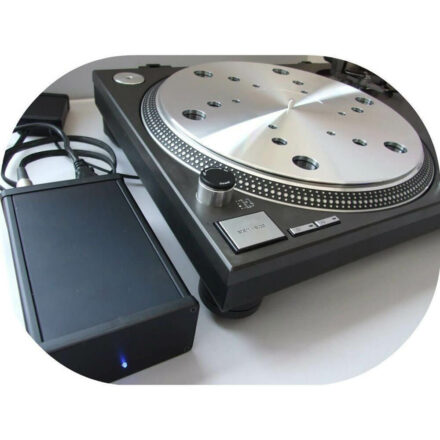

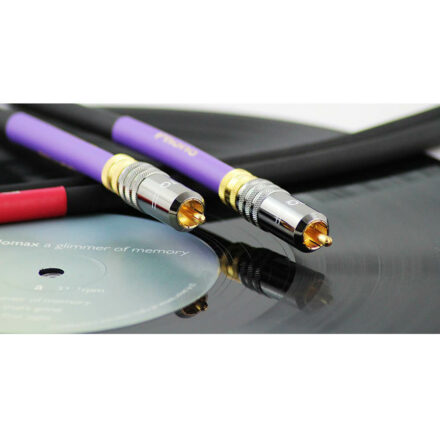
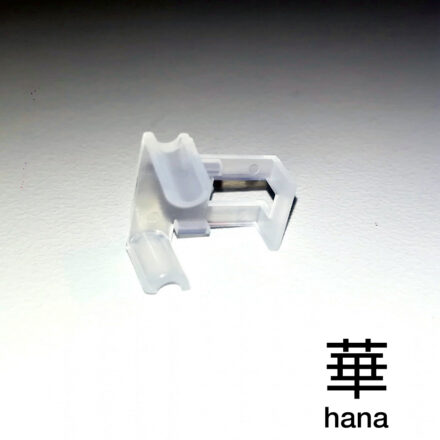

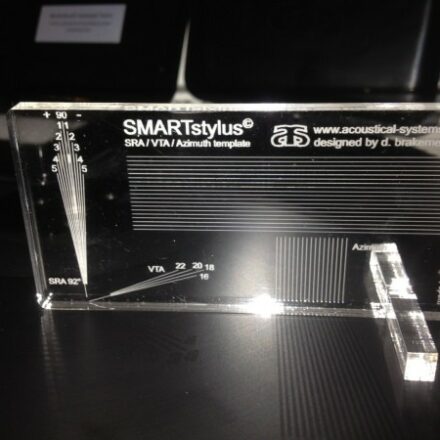

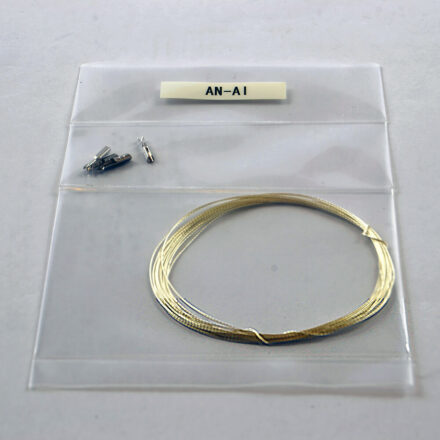


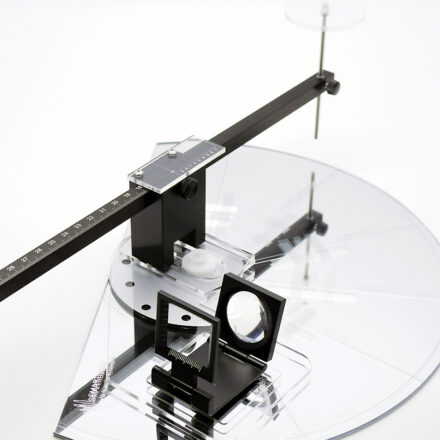
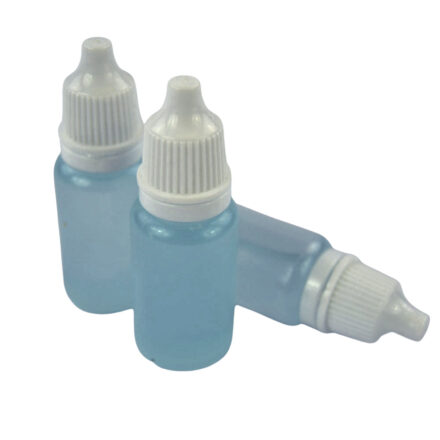
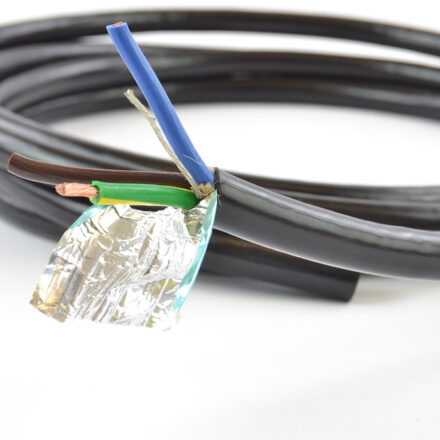
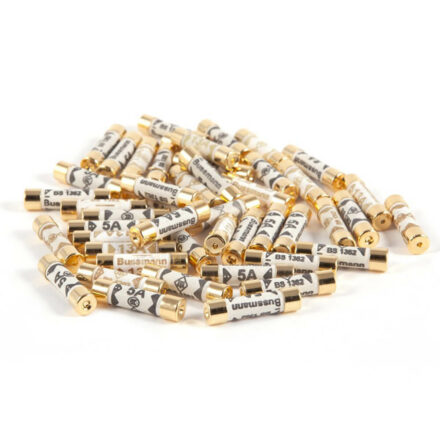

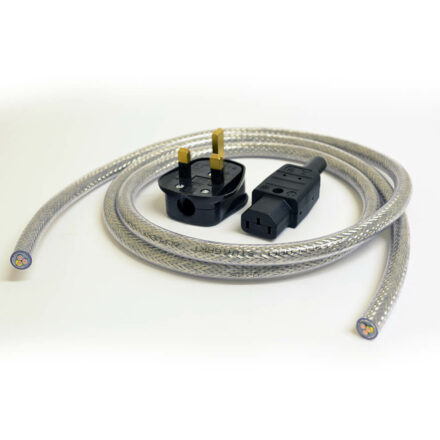









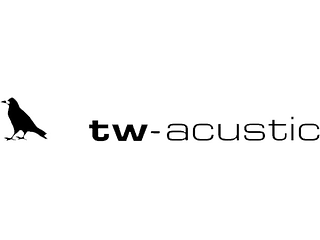







Reviews
There are no reviews yet.